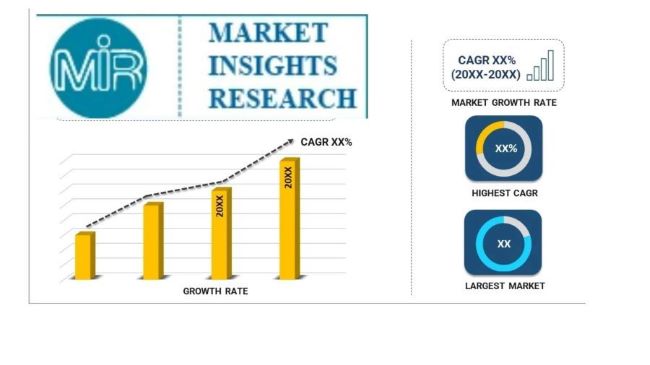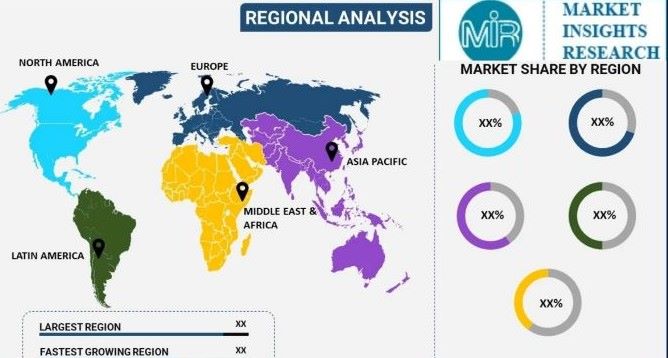| Forecast Period | 2024-2028 |
| Market Size (2022) | USD3.55 Billion |
| CAGR (2023-2028) | 7.7% |
| Fastest Growing Segment | Dairy Mixtures |
| Largest Market | Asia Pacific |
Market Overview
In 2022, the global Dairy Blends Market was worth $3.55 billion! Get ready, because it's expected to keep growing strong, with a 7.7% Compound Annual Growth Rate (CAGR) all the way to 2028. Dairy blends, you know, those mixes of dairy and non-dairy ingredients, are becoming a big deal in the food and beverage world. They're popular because they offer a sweet spotgood nutrition, great taste, and won't break the bank. Lots of things are driving this market's growth, showing just how important and promising it is.
People are really looking for foods that give them the good stuff from dairy, but also fit their diets and what they can eat. That's where dairy blends come in! They let food makers create things that are lower in fat, taste better, and feel nicer in your mouth – which is what people want these days. And, because dairy prices go up and down and it costs more to make dairy products, dairy blends are a smart, cheaper way for companies to keep making good stuff without spending a fortune. Plus, you can even add vitamins, minerals, fibers, and probiotics to dairy blends! This means companies can make foods that are even healthier than regular dairy, which is awesome because everyone's into functional foods these days.
Dairy blends? They're everywhere! Think bakery goodies, sweet confectionery, refreshing beverages, creamy spreads, and all sorts of processed foods. This means food makers really want them to whip up new and exciting things. And hey, with everyone trying new flavors, dairy blends make it easier to create foods that people from different cultures will love – pretty important in today's world! Plus, if you're worried about saturated fats, these blends are a clever way to cut back on dairy fat without sacrificing taste or that satisfying texture. It's a win-win for those of us wanting healthier options that still taste great.
However, maintaining consistent quality and texture across various dairy blend formulations can pose a challenge due to the blend of dairy and non-dairy ingredients. Ensuring a standardized product experience remains a key consideration. Additionally, the demand for clean-label products with easily recognizable ingredients presents a challenge for dairy blend manufacturers, as they work to balance the inclusion of functional additives while meeting clean-label criteria. The dairy blends market is becoming increasingly competitive as more players enter the space, necessitating innovation and differentiation to stand out in a crowded market.
With the growing popularity of plant-based diets, dairy blends that incorporate non-dairy alternatives like almond, soy, or oat milk are expected to gain traction, appealing to a broader range of consumers. Furthermore, dairy blends that offer specific nutritional profiles, such as protein enrichment or enhanced gut health benefits, are likely to become a focal point as consumers prioritize health and wellness. Manufacturers will continue to invest in research and development to create dairy blends that align with consumer demands for clean and transparent ingredient labels.
Key Market Drivers
1. Rising Demand for Healthier and Functional Food ProductsThe global dairy blends market is driven by the increasing consumer demand for healthier and functional food products. Dairy blends, combining dairy components with non-dairy ingredients, are gaining popularity due to their ability to provide desirable taste, texture, and nutritional benefits.
2. Growing Embrace of Plant-Based AlternativesThe shift towards plant-based diets is a major driver shaping the dairy blends market. Dairy blends serve as a bridge between traditional dairy and plant-based alternatives, catering to consumers seeking dairy-like products with reduced animal-derived content.
3. Flexibility in Food Processing and Cost-EffectivenessDairy blends offer cost-effective solutions for maintaining product quality in the food processing industry. Their adaptability and lower production costs make them an attractive option for manufacturers seeking economic viability.
Key Market Challenges
1. Shifting Consumer Preferences and Health ConcernsEvolving consumer preferences for healthier and more natural food options pose a challenge for the dairy blends market. Manufacturers must address this by incorporating natural ingredients and reducing artificial additives.
2. Supply Chain and Raw Material VariabilityVariability in the quality and availability of raw materials can disrupt the supply chain and affect product consistency. Manufacturers must implement strategies to manage these challenges effectively.
3. Regulatory Compliance and LabelingNavigating complex regulations and labeling requirements in the food industry can be daunting. Manufacturers must ensure that their dairy blend products comply with various regulations and accurately convey product information to consumers.
Key Market Trends
1. Health-Conscious Consumer Shift and Nutritional BenefitsConsumers are increasingly seeking dairy blends that offer reduced saturated fats, lower cholesterol content, and enhanced nutrient profiles, aligning with the growing demand for functional foods.
2. Plant-Based and Vegan Dairy BlendsThe surge in plant-based and vegan diets is influencing the dairy blends market, with products that mimic the taste and texture of dairy without animal-derived ingredients gaining popularity.
3. Customization and Innovation in Dairy BlendsCustomization and innovation are driving the evolution of the dairy blends market, with manufacturers experimenting with different ingredients and formulations to create unique and diverse dairy blends.

Segmental Insights
Type Insights
Dairy blends, also known as dairy mixtures, hold a substantial share in the global dairy blends market due to their versatility in various industries and applications. They are extensively used in the food and beverage industry for a wide range of products, offering improved stability, texture, mouthfeel, and creaminess compared to traditional dairy ingredients. Dairy blends allow manufacturers to achieve cost savings while providing customizable options to cater to specific product requirements.
Form Insights
Spreadable dairy blends, characterized by their soft and easily spreadable texture, hold a significant share in the global dairy blends market. These products offer convenience, versatility, and a wide range of flavor options, appealing to consumers looking to enhance their meals or snacks. Manufacturers continuously innovate in ingredient formulations to improve the quality and nutritional profile of spreadable dairy blends.
Regional Insights
The Asia Pacific region plays a pivotal role in the global dairy blends market, driven by changing dietary preferences, urbanization, cost-effectiveness, diverse culinary traditions, and a growing food processing industry. Dairy blends are well-positioned to meet the demand in this region, offering a balance between traditional dairy and convenience foods while addressing nutritional challenges. Investments and expansions by multinational companies further highlight the potential of the Asia Pacific market for dairy blend products.
Recent Developments
- In 2022, InternationalFlavors & Fragrances Inc. and Health & Biosciences expanded their YOYMIX ViV product portfolio by introducing four additional cultures to cater tothe specific needs of yogurt manufacturers. These newly introduced cultures aimto address the challenges faced by manufacturers, facilitating the productionof high-quality products.
- International Flavors &Fragrances Inc. and Health & Biosciences have introduced four new culturesto their YOY MIX ViV product portfolio in 2022, catering to the specific needsof yoghurt manufacturers. These innovative cultures aim to address thechallenges faced by producers, enabling the creation of exceptional qualityproducts.
- In 2021, Arla FoodsIngredients unveiled Lacprodan premium ALPHA-10, a dry-blend protein componentthat holds significant value for infant formula manufacturers. This uniqueblend encompasses essential amino acids derived from whey protein sourced fromhuman milk.
- In 2021, Arla FoodsIngredients unveiled Lacprodan premium ALPHA-10, a dry-blend protein ingredientdesigned to meet the requirements of infant formula manufacturers. This blendincorporates whey protein derived from human milk, which is rich in essentialamino acids.
- In 2021, InternationalFlavors & Fragrances Inc. introduced YO-MIX ViV, a cutting-edge solutiontailored for yogurt and other fermented beverage manufacturers in theAsia-Pacific region, with a particular focus on China.

Key Market Players
- All American Foods Inc.
- Cargill Inc.
- Royal Frieslandcampina NV
- Kerry Group
- Advanced Food Products LLC
- Cape Food Ingredients
- AAK Foodservice
- Dana Foods Inc.
- Batory Foods
- Fonterra Cooperative GroupCo. Ltd
Report Scope
In this report, the global dairy blends market has been segmented into the following categories, in addition to the industry trends which have also been detailed below
- Global Dairy Blends Market, By Type
- Global Dairy Blends Market, By Form
- Global Dairy Blends Market, By Application
- Global Dairy Blends Market, By Region


